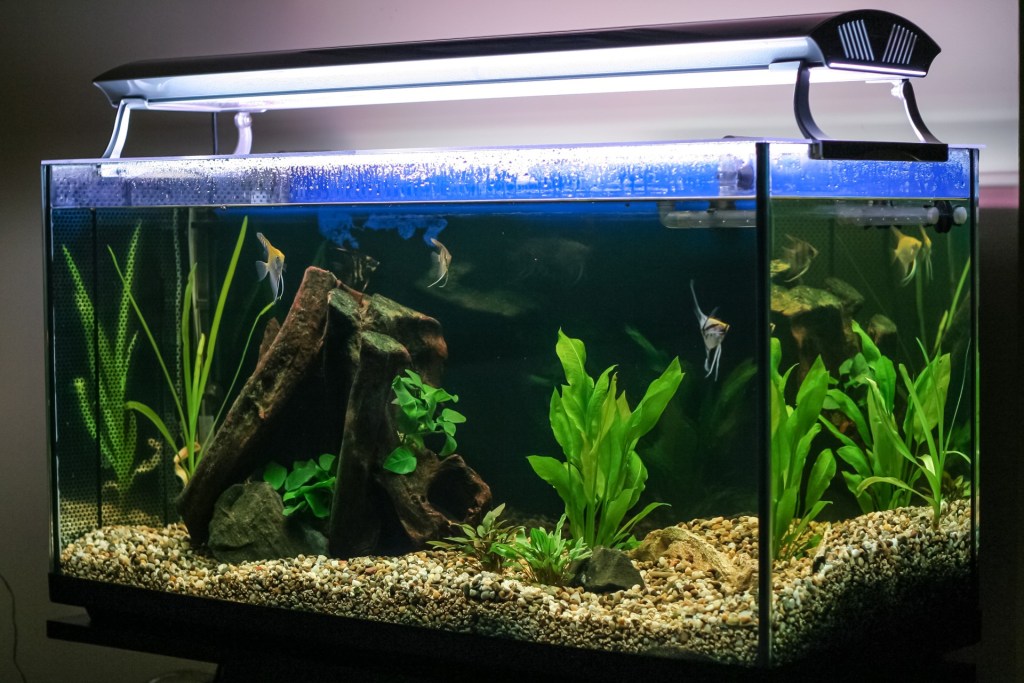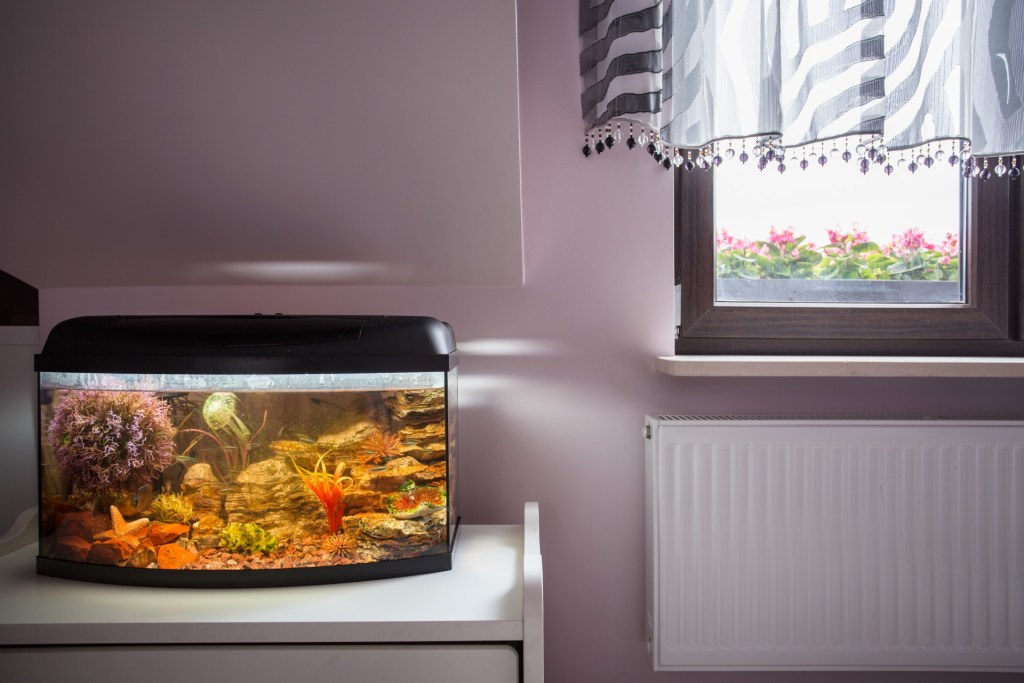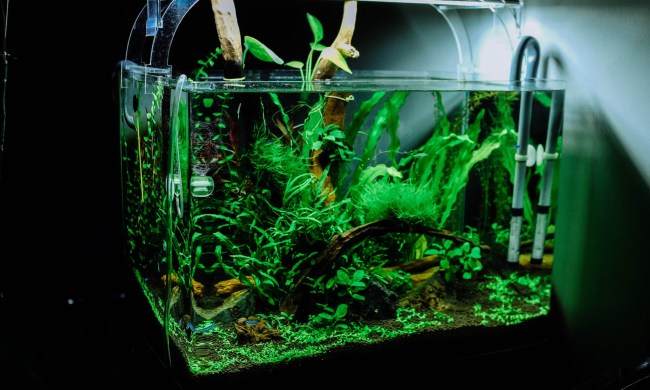Getting the right aquarium light for your fish is more than just an aesthetic upgrade. A good light is one of the primary fish tank essentials, as it helps keep your fish healthy and your aquarium environment in top shape. You need to match their lighting conditions as closely as possible to their natural conditions.
Here are some basics and a few tips on fish tank lighting, so your marine pets get only the best. With the right accessories and understanding of natural fish behavior, you’ll be able to build an environment that helps give your fish the best chance at a long, healthy life.

What is my expertise level?
You’ll need to consider your experience when choosing lights. A bright, full-spectrum light designed to mimic complex tropical environments isn’t necessary if this is your first aquarium. You really just need a simple light — no need to go all-in right away.
What’s the color spectrum?
Aquarium lights may fall in the “white” spectrum, but in reality, there are many different shades of white, ranging from warm to cool. You understand where the lights fall on the spectrum-based on a unit of measurement, Kelvin (K). A warm light may read as 2,700 K, while a cool light could run into the thousands of K, 10,000, or more.
Natural daylight comes in around 6,500 to 7,000 K, but aquarium plants will grow in most kinds of light. The color tint will depend on your preferences as an aquarium owner rather than the fish or the plants.
What’s the intensity?
Aquarium plants can grow better or worse based on the brightness of the light. Low lights grow plants that don’t need quite the intensity, whereas bright light is required for some tropical plants. Low lights are easier to manage because they don’t encourage algae blooms.
If you’ve never had an aquarium before, it’s best to start with low lights. When you gain some experience and can apply it to more complex environments, you can move to brighter lights.
Manufacturers don’t typically measure the brightness of their lights because it’s so dependent on the tank’s depth. With large tanks, a light may be gentle enough for low-light plants, but it will be much brighter in a smaller tank.
What is the light spread?
Understanding how light travels through your aquarium space is essential. A standard aquarium light with a 1-foot spread will be brightest directly underneath the light and fade gradually to the side. If your aquarium is large, you’ll need more lights to ensure that all plants have enough.
You can increase your lighting by using reflectors. Well-placed reflectors can improve your lighting several times over and ensure that plants have enough light even to the corners. You can also get lights designed to go beyond the traditional band light.
What accessories do you need?
If you’re managing tropical fish or plan to build a tropical aquarium, you’ll need some additions to your lights. A timer can ensure that lights dim and brighten with the day and seasonable appropriateness.
Since tropical fish experience quite a bit of variety, you’ll need a system that helps you create that same variety. The fish will be healthier the more you follow the light’s natural progression based on their natural habitat.
What type of bulbs are best?
There are quite a few different kinds of bulbs you can choose to ensure the health of your fish:
- LED — LED is an energy-efficient bulb that can last up to 50,000 hours. It doesn’t require much maintenance, but it can be sensitive to heat. You can use them in all types of aquariums.
- Metal halide — These last up to 18 months and offer the brightest light. They can get hot, however, and may require a chiller. They’re for intense, complicated tanks.
- VHO fluorescent — It will work up to 18 months and provides a bright light with high heat. They’re a highly blue-white light.
- T-5 HO Fluorescent — These high-intensity lights stay cooler than others and last up to two years. They won’t provide enough light if your aquarium is large.
- Compact Fluorescent — Lasting up to 28 months, they provide a high light intensity, but they run hot. They’re great for marine aquariums.
- Standard Fluorescent — These offer a warm light that lasts up to 18 months. They’re available in the most variety of sizes and colors, but they won’t help with photosynthetic plants.
- Incandescent bulbs — These have only a narrow spectrum, ow light, but they’re inexpensive. They provide light for small aquariums and are beginner-friendly.
Getting the right aquarium light

It’s OK to start small with lights and gradually work up to more complicated plants. As you gain more confidence with your aquarium, you’ll be able to expand your lighting and take on more complex tasks like simulating real-life environments.
The list here will help guide you to what you need. As long as you start with your current skill level, you’ll have a beautiful aquarium no matter what.


